Dr. Amanda Foreman visits Indian locations to illustrate the rich legacy of Nur Jahan’s cultural achievements and set these in the context of unprecedented political power as a woman in Mughal society.
Nur Jahan faced huge social obstacles in the form of Purdah and Sharia law and the ingenious and subtle ways that she used to negotiate her way through them to achieve great power are unravelled.
Nur Jahan’s cultural legacy in art and architecture is also demonstrated with scenes at the Taj Mahal.
This short film is from the BBC Two series, The Ascent of Woman.
Teacher Notes
Pupils could view the piece before making a comparative study of other women in history who broke the mould of male domination. For example Elizabeth I.
Curriculum Notes
This short film is suitable for teaching history at KS3 and KS4/GCSE in England, Wales and Northern Ireland and Fourth Level and National 4 and 5 in Scotland.

More from The Ascent of Woman
Queen Elizabeth I and her use of language as propaganda. video
This short film explores Elizabeth I's use of language to establish her power in an era of male rule.
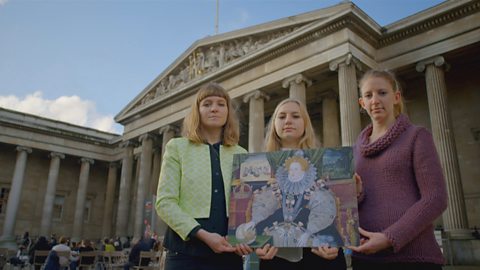
Buddhism and Shinto in Japan. video
This short film offers an introduction to Shinto, making reference to the centrality of women within Shinto beliefs.
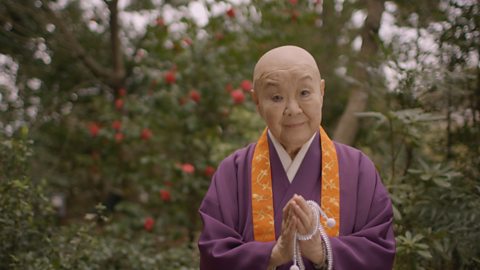
An introduction to Confucianism. video
This short film offers a look at Confucian beliefs about social hierarchy and the place of women.

Buddhism and women in China. video
This short film features a discussion of the origins and development of Buddhism in China, with particular reference to women.
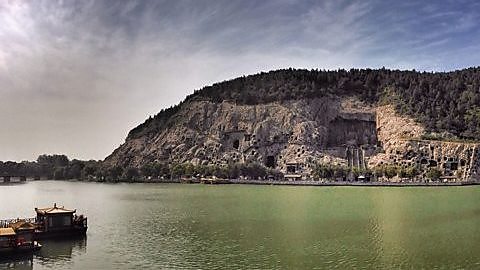
Where did the veil originate from? video
In this short film, the Assyrian original source of the veil is examined and assessed by contemporary women.

Women in Ancient Greece. video
Discover how the women of Ancient Greek Athens were not seen as equal as they are today in this short film for secondary schools.

The fight for women’s education in Victorian Britain. video
This short film explores Millicent Fawcett’s campaign to empower British women through education.
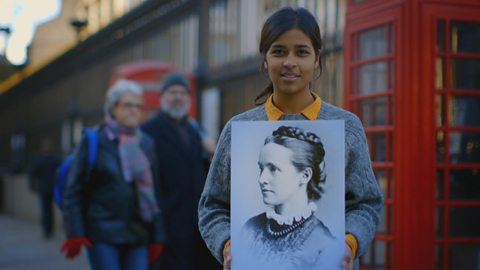
How far did the USSR improve the status of women? video
This short film explores how the Soviet revolution sought to include women in their society as men’s equals.
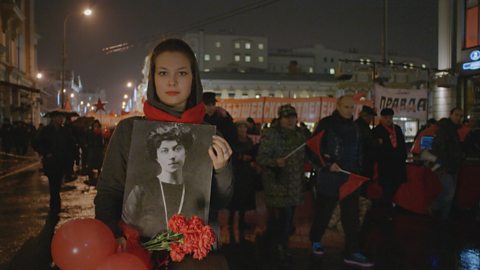
Madame C. J. Walker, the first female African American millionaire. video
The story of Madam C. J. Walker, who became the first African American female millionaire.
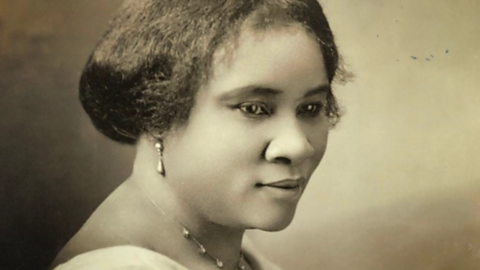
The development of the contraceptive pill. video
This short film explores Margaret Sanger’s development of the contraception pill and its impact on women’s lifestyles.

The fight for female rights in the French Revolution. video
This short film looks at the fight for female rights during the French Revolution, led by the activist Olympe de Gouges.

Why were there witch hunts in the seventeenth century? video
This short film offers an analysis of the seventeenth century persecution of women as witches.

Women and the battle for equality in the church. video
This short film offers an analysis of Hildegard of Bingen, and how she furthered female rights in the medieval church.

How foot binding affected women in China. video
In this short film the practice of foot binding is explained and illustrated through interviews and artifacts.
